How To Find The Infinite Possibilities One Image Contains
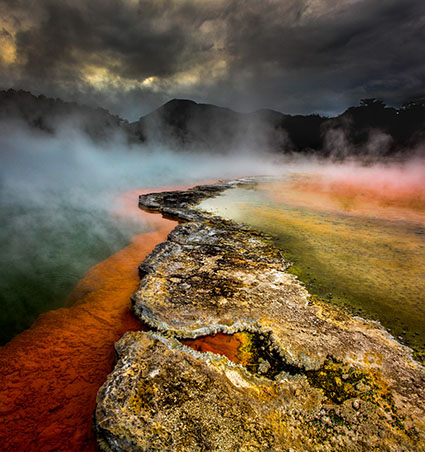
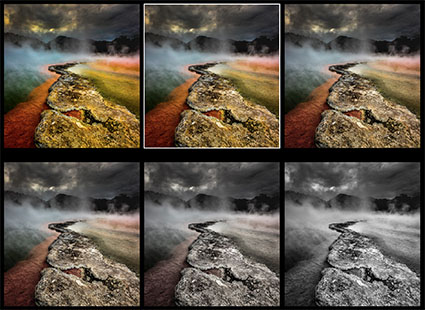
Any image can support an unimaginable number of color variations. So how do you find them? Systematically make many variations. Will it take a great deal of time? It will take a little time but not a lot (maybe five or ten minutes) – and it will take less time and you’ll more thoroughly explore the possibilities if you do this systematically. You’ll find this exploration will be time very well spent. Illuminating more possibilities than you imagined will help you find more creative and personally fulfilling solutions for your images. You’ll deepen your understanding of and personal relationship with color thus your images and by extension yourself. Those who view your works will feel the difference. I can tell you from many years of personal experience that it has made all the difference in the world to me. It will do the same for you.
Before you begin …
Start With Your Strongest Image(s)
When you’re processing a number of related images it’s likely that you’ll find the solutions you choose for the strongest image in the set will apply to the others, with minor modifications. It’s rare to have images in a series with widely divergent color palettes.
Plan To Make Many Copies
Don’t try and remember all of these possibilities; there will be too many to remember.
Instead make copies that you can make side-by-side comparisons with. (In Lightroom make virtual copies. Alternately, in Photoshop duplicate files.) It will help if you organize these copies into Collections in Lightroom or organize them (possibly with folders) in Bridge/Photoshop.
Find The Big Picture, Sweat The Details Later
Ditch your perfectionist tendencies – for now. Worry more about the moves you’re making in color that the tools you’re using to make them with. Don’t get lost in the details, instead focus on the big picture. Avoid getting distracted by one exciting possibility. Instead of rushing to finished results and committing to the most obvious solution too quickly, spend a few minutes exploring more possibilities hoping to find better solutions. More often than not, you will.
So what’s the best way to do this?
Proceed In This Order – Saturation, Luminosity, Hue
With only three elements of color, you wouldn’t think there could be so many possibilities, but the very things that generate them also make finding them manageable. You’ll quickly find the major moves that can be made if you make changes in these three elements in this order – saturation, luminosity, and hue.
First ask, black-and-white or color?
Make a copy and convert it to black and white. (In Lightroom click Black&White. In Photoshop make a Black&White adjustment layer.) Don’t spend a lot of time exploring different settings for this black-and-white conversions. Do this only if you decide that black-and-white is the solution for you. If black-and-white is interesting to you make two more copies and make one warmer and the other cooler. (In Lightroom use Split Toning. In Photoshop make a Curves adjustment layer.) If you want to go one step further, make another copy and split tone it, making the highlights warm and the shadows cool. Move on for now.
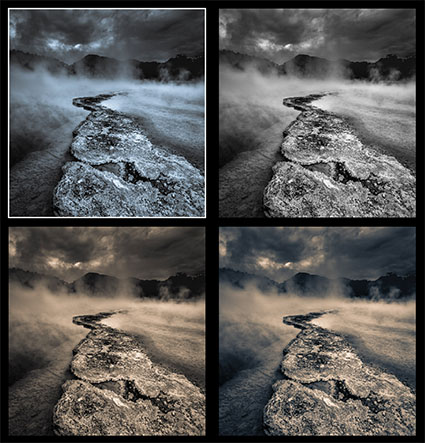
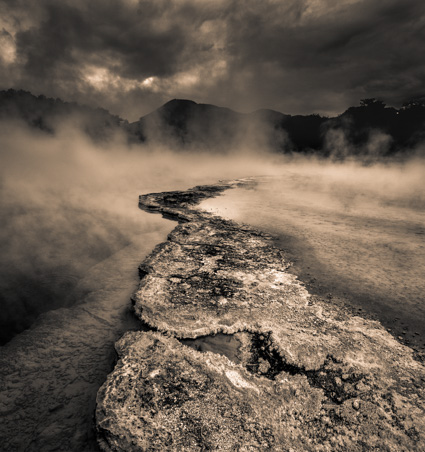
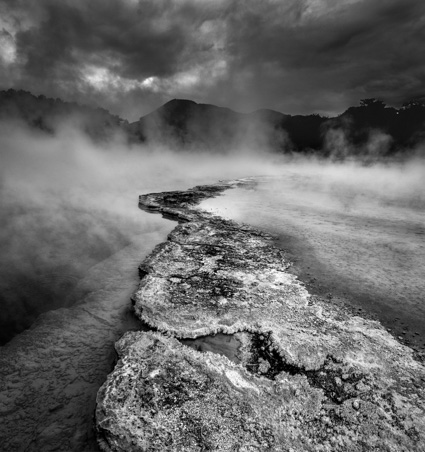
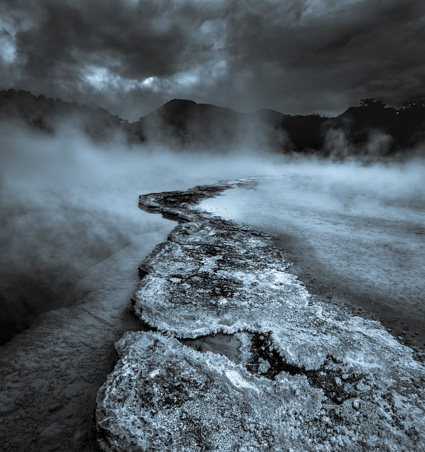
Black-and-white or neutral is saturation on an extreme scale. Next, explore less extreme variations of saturation. Copy your full-color image four more times to span saturation’s gamut; 1) neutral, 2) semi-neutral, 3) low saturation, 4) medium saturation, 5) high saturation, 6) super-saturated.

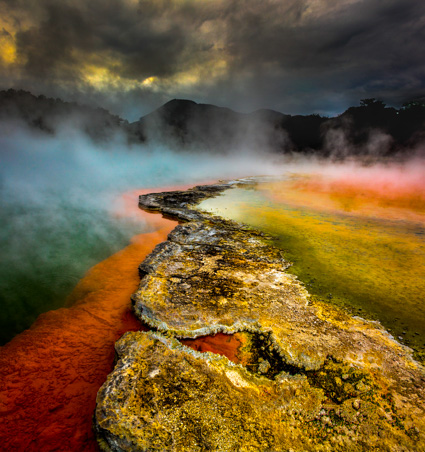
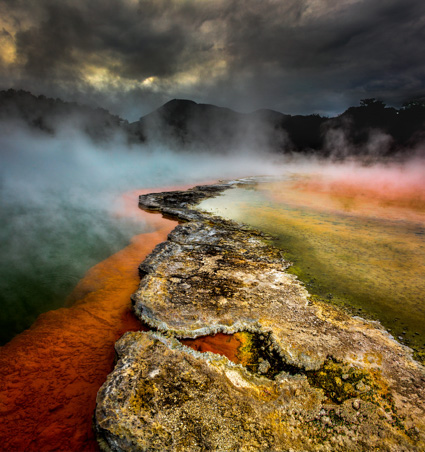
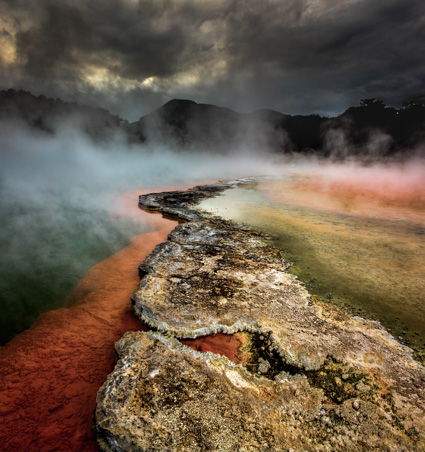
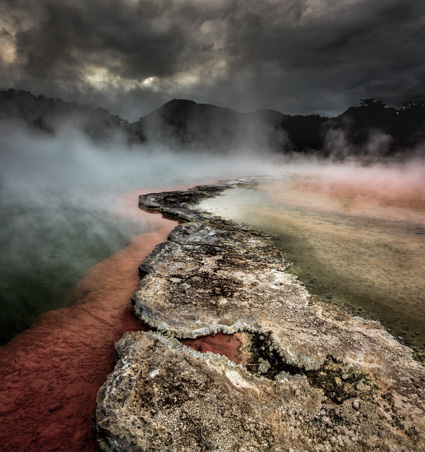
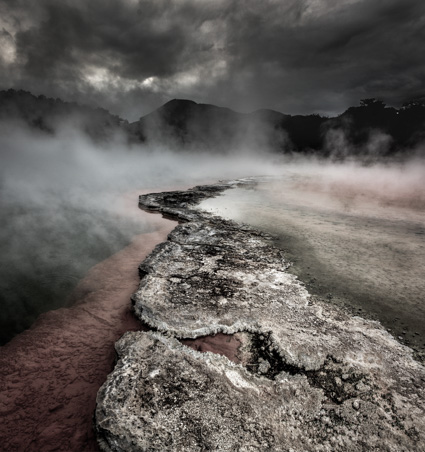
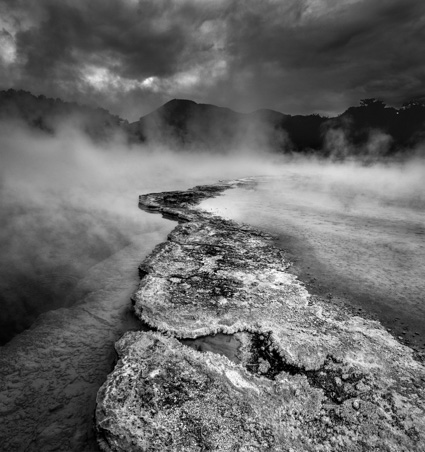
Next ask, how light or dark?
Using Curves make at least three variations of luminosity – dark, medium, and light. If the image supports it, make a very dark and a very light version too. If you start making more than that you’re not working broadly enough. Remember, spend a little time on the big picture first. At the end of the process, spend more time refining your favorite version only.
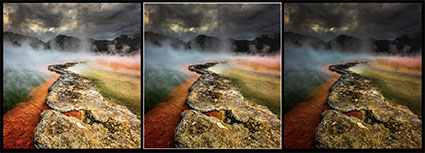
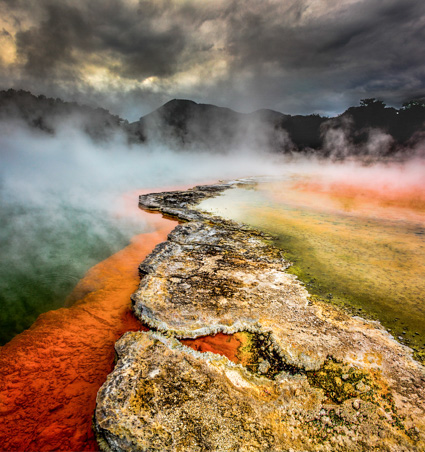

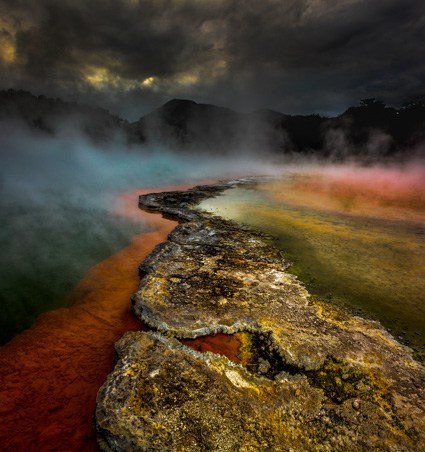
Next ask, how warm or cool?
Use WB (White Balance) in Lightroom or Camera Raw to make one cool (blue or blue-green) and one warm (yellow or yellow magenta) version. Again, only make more variations if the image supports dramatic transformations.
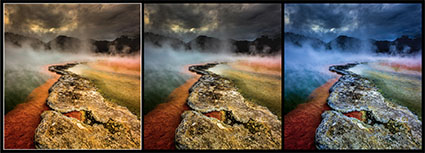
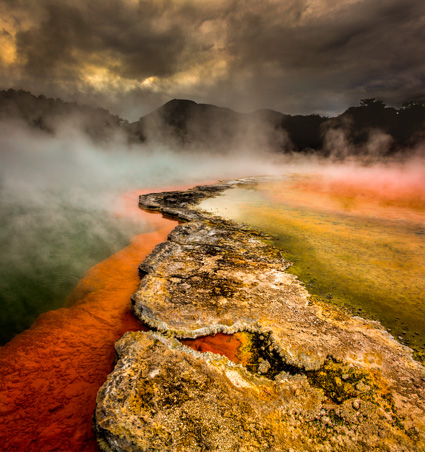

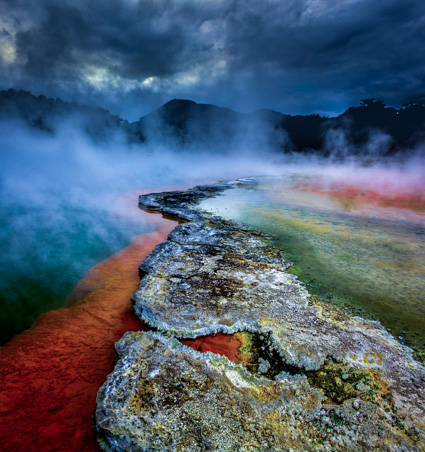
Some of your explorations will take place as you move sliders too far. You don’t need to save separate copies of these explorations, they’ve already informed you about the possibilities and you found they’re not right for you. If you never go too far, you’re playing it to save. Be bold! Then use common sense to now more knowledgeably course correct.
Now, look at all of these variations simultaneously.
Which amount of saturation is most pleasing to you? Pick that one.
Which level of luminosity is most pleasing to you? Select that one.
What setting of hue is most pleasing to you? Add that one.
Combine the benefits of all three in one file. It’s a process of elimination. What do you do with all of those extra copies? Get rid of them once you’ve made your final selection.
Now, finally, it’s time to spend a little more time refining your favorite version even more. Now your choice of tools is more significant. Now the details matter. Now you think about dodging and burning, noise reduction and sharpening, etc. When it’s done you can rest assured that this truly is the very best version of your image possible. You proved it to yourself – and there’ll be no reason to prove otherwise to anyone else.
As you become familiar with this process you may start taking shortcuts. If you do, just be certain you know why you’re doing this. Even if you’re not systematic and thorough about the way you approach this process, as long as you engage it and make many different variations of an image for side-by-side comparison before committing to a final solution, you will have greatly increased the likelihood that you’ve consistently produced the best results possible. Now isn’t that worth a small investment of time?
Read more color theory resources here.
Read more color adjustment resources here.
Learn more in my digital photography and digital printing workshops.


No Comments